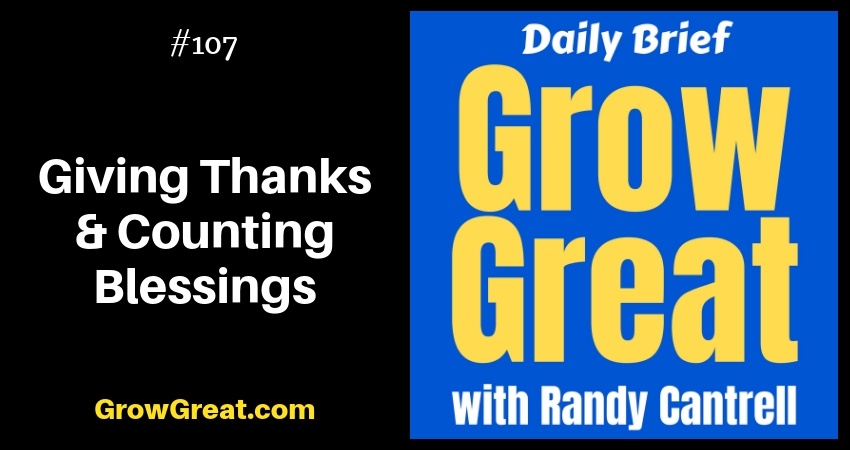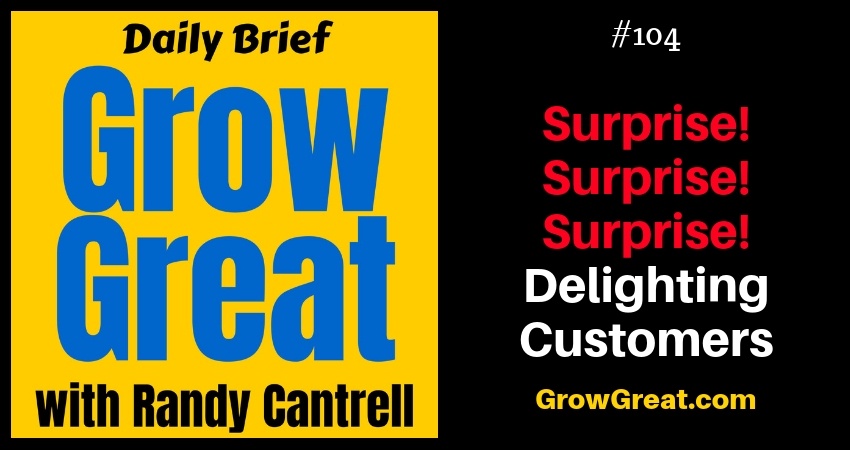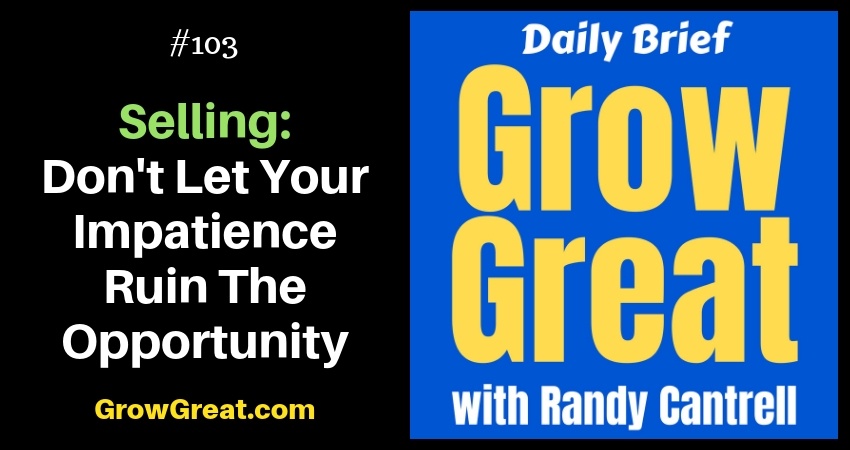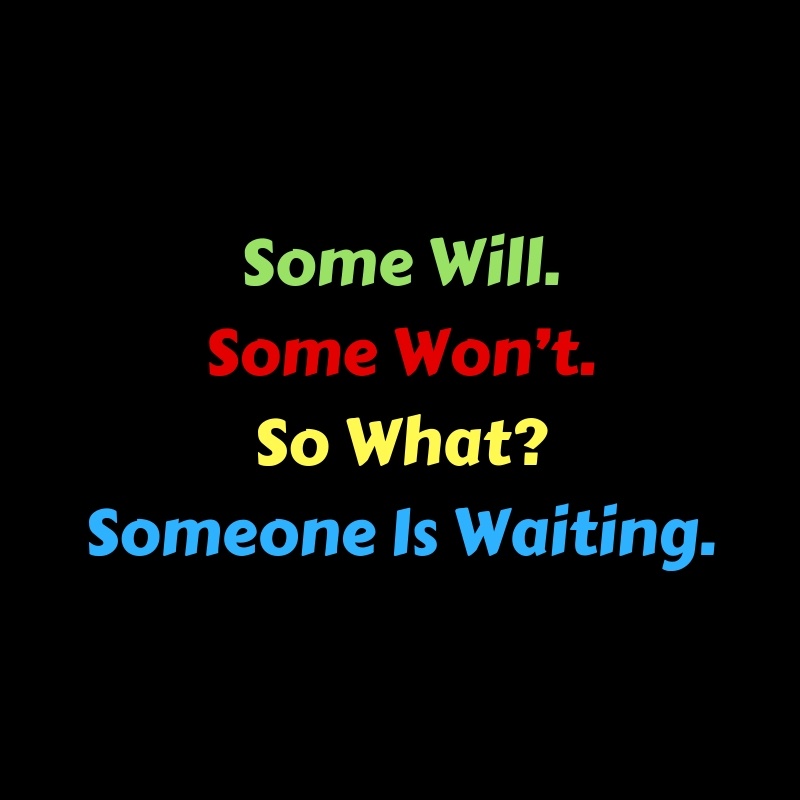Giving Thanks & Counting Blessings – Grow Great Daily Brief #107 – November 21, 2018
Podcast: Play in new window | Download (Duration: 12:28 — 12.6MB)
Subscribe: Apple Podcasts | Spotify | RSS | More
How serious have you been about them? Have you ever done it so well you remember doing it? Or…
Do you give it just a quick drive-by?
Be honest.
Mostly, we’re too busy living to do much of either one – counting blessings or giving thanks.
Let’s get to the real crux of it. How serious have you been about what you lack? How often do you complain about the government, or government-related stuff like paying taxes, or regulations? How often do you get privately angry at vendors or other business partners?
Mostly, we’re too busy focusing on what we don’t have or what we wish would go away. Where’s the time for counting blessings or giving thanks?
Answer: We don’t take the time to do the right things to help ourselves grow great because quite often we’re too busy doing the wrong things to help ourselves feel better in the short term. Complaining and getting angry fuel our short-term satisfaction. So much so, we find it very difficult to hit the eject button the hampster wheel.
Optimism or pessimism isn’t hard-wired. Pessimists enjoy fooling themselves into thinking it is. It plays into our notion that some folks are just luckier than others. It gives us an easy excuse, allowing us to avoid accountability.
Optimists know life – all of life – is a choice. We decide. We act. We behave. But even optimists can have moments of pessimism during times when we’d rather avoid responsibility and blame others.
All this plays into our sense of gratitude, our ability and willingness to count our blessings while simultaneously giving thanks for them.
Tomorrow is Thanksgiving Day here in America. It’s a day when family and friends get together, eat way too much, watch a little bit of football and kick off the holiday season.
The path to a brighter future hinges on our personal responsibility. I believe a major part of our personal responsibility is our obligation to ourselves, to others and to God is to embrace optimism through gratitude. And in reverse order: God first, others second, and ourselves third.
Start By Taking Just 15 Minutes A Day
I believe in small bite-sized approaches. At least at the beginning. To get started.
Quieten your mind. However best you’re able.
Then, roll through the blessings to discover THE blessing for which you’re most thankful. Admittedly, it’s going to be challenging, but it’ll force you to quickly catalog the blessings as you search for the one you’re most thankful for.
It won’t matter if you get that top spot filled accurately at first. After you get the first one, then go searching through the list for the next most important one.
This is your list so you get to decide for yourself. You may find that as you’re looking for number two you displace number one with something else. That’s fine. Keep the exercise going for as long as you’re able…up to 10 minutes. Two-thirds of the 15 minutes.
Devote the final third of the time to giving thanks for however far you got with your list of blessings. Do that in whatever way suits you best. Me? I pray and give God the thanks.
Reflection After The Fact
Counting blessings and giving thanks won’t likely sit idly by satisfied with their 15 minutes of daily fame. They’ll wrestle your mind to the ground for greater attention. Give it to them. Your surrender to them will fuel growth. Your growth!
It’s not important that you dedicate more time to the 15-minute exercise because you’re going to reflect on them throughout the day. What is important is that you not ignore the urge. Don’t suppress thinking about them again. And again. And again. Instead, embrace thinking about them whenever they emerge. That’ll help you own them. It’ll also improve your gratitude.
Your Smallness.
Counting your blessings isn’t a contest. The blessings or lack of in other lives is of no consequence to your life. Finding or examining somebody who has a blessing you feel is lacking in your life has no bearing on your life. None. Well, actually it has a tremendous bearing on you if you view life through that lens because it will foster jealousy, envy, and bitterness. Stop that nonsense. It won’t just stunt your growth, it’ll kill you from the inside out.
Arrogance. Selfishness. Pride.
They feed our desire to be larger. Larger than we really are. Giving us a wrong-headed sense of self-importance.
By contrast, our devotion to being a blessing counter and giver of thanks shows us our smallness. Not our insignificance because we’ve all got that. We all matter. But these honorable actions persuade us to learn and understand that we’re uniquely who we are, but we’re not inherently better than anybody else.
There are currently 7.7 billion people on the planet. I’m religious. I believe in God and the Bible. That means, I believe we have a soul that will live forever after this life. Somewhere. And it’s up to us to decide where based on how we live here. In light of that view, there is no ranking of all these people. Meaning, nobody is number 1 and nobody is number 7.7 billion. Or anywhere in between. Our inherent worth is equally high. Each of us.
That makes me small enough to give grace to others. In my personal scheme, the number two on my list. God first. Others second. I’m third. My smallness serves me, preventing me from thinking too much of myself. From thinking I’m better than somebody else. From wrongly, too harshly judging others.
Your Bigness.
Counting your blessings. Giving thanks. They generate in us the realization that we can make a difference. Not some philosophical “change the world” kind of a difference, but a very practical positive difference.
One day, an old man was walking along a beach that was littered with thousands of starfish that had been washed ashore by the high tide. As he walked he came upon a young boy who was eagerly throwing the starfish back into the ocean, one by one.
Puzzled, the man looked at the boy and asked what he was doing. Without looking up from his task, the boy simply replied, “I’m saving these starfish, Sir”.
The old man chuckled aloud, “Son, there are thousands of starfish and only one of you. What difference can you make?”
The boy picked up a starfish, gently tossed it into the water and turning to the man, said, “I made a difference to that one!”
I love that parable. For its brevity. For its powerful truth. That we’re all big enough. As big as we need to be to make a positive difference in the world. Our little part of the world. Our slightly larger part of the world perhaps. Who knows? Our service to others is like a ripple of the ocean. Who knows how large a wave it *may* create?
Thank You!
Here, on the eve of a day we’ve set aside in America to give thanks…I want to thank you. For letting me enter your earbuds however often you listen. For allowing me to share whatever insights I’ve been fortunate to learn (part of my list of blessings includes the array of people who have graced my life with a positive presence and helped make me who I am).
Thank you for letting me pass along almost 4 decades of leadership living so you can build on it as you wish. I hope this podcast is serving you well as a catalyst for figuring it out for yourself. Whatever it may be.
Tomorrow will be a special day for many people in our country. For others, it may be no different than any other. My hope and wish for you – for all of us – is that it will become a daily ritual in our lives to give us perspective and insight that will serve to make us better. An impetus for our own growth, improvement, and transformation. That by counting our blessings and being thankful for them…that individually and collectively we’ll take our lives more seriously. Consider more soberly the choices we’re making. Determine it may be time to fix what ails us, and get on with strengthening ourselves by straightening out the kinks, shoring up the weaknesses, building even stronger the strengths and living lives worthy of influencing others in all the best ways.
Be well. Do good. Grow great!

Giving Thanks & Counting Blessings – Grow Great Daily Brief #107 – November 21, 2018 Read More »






